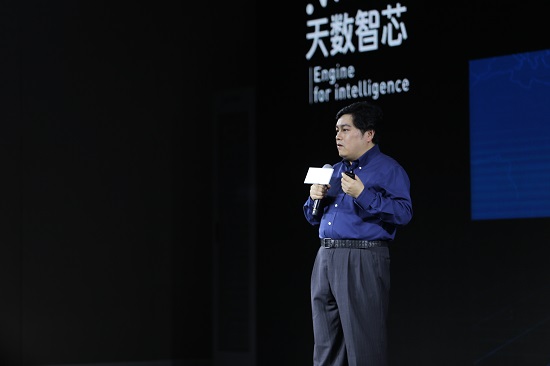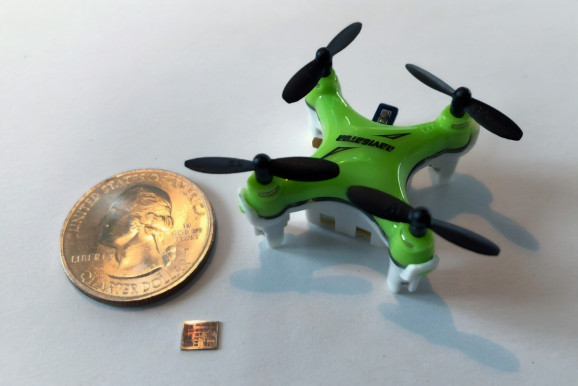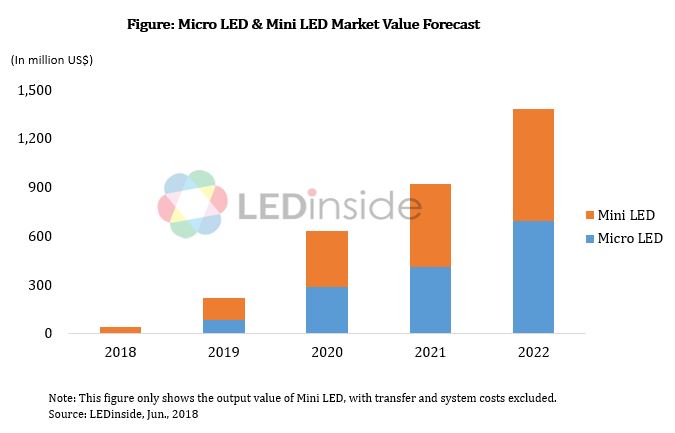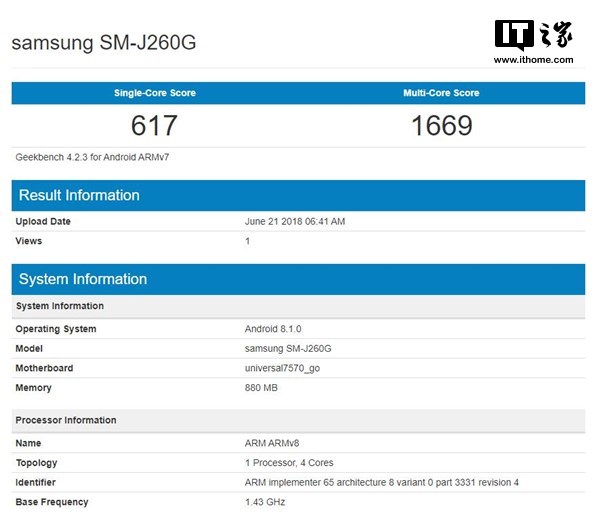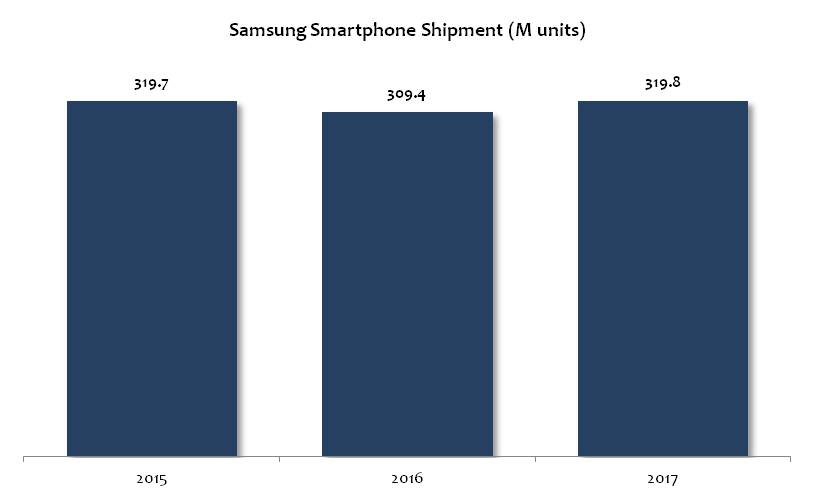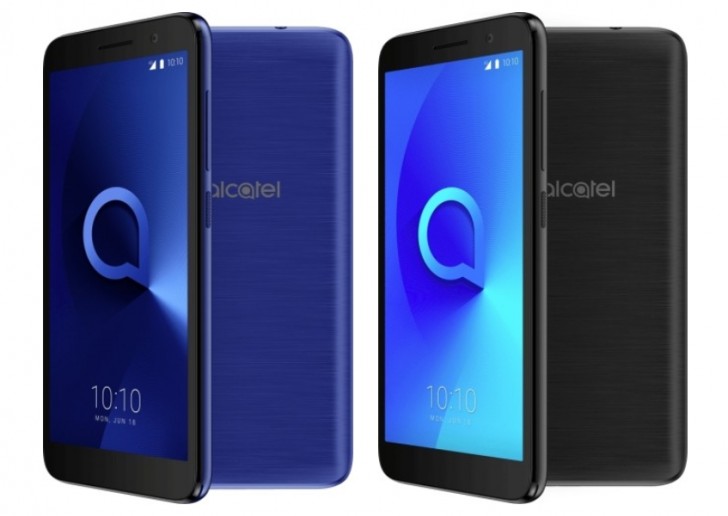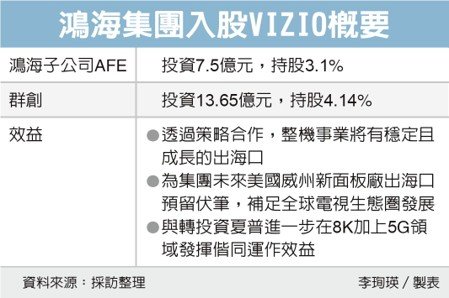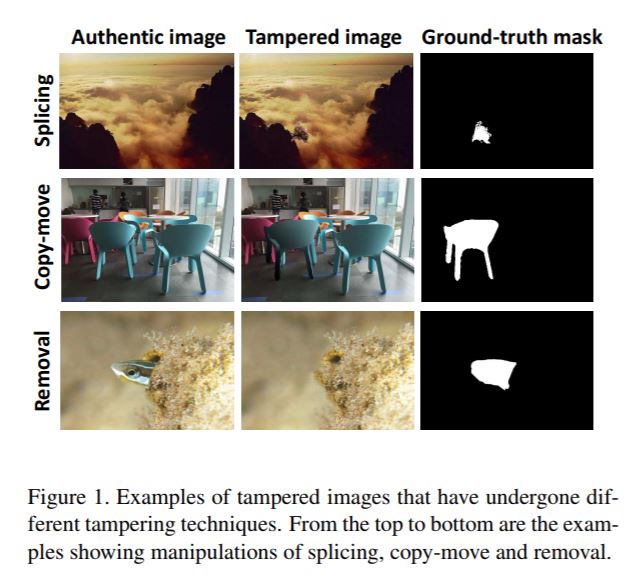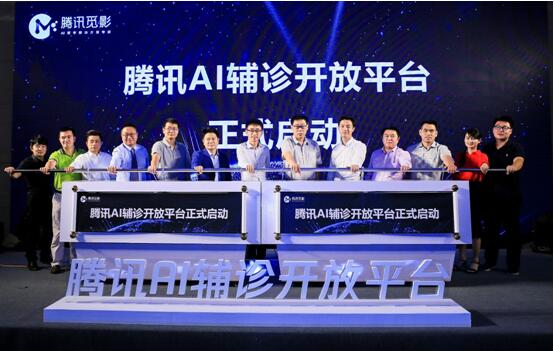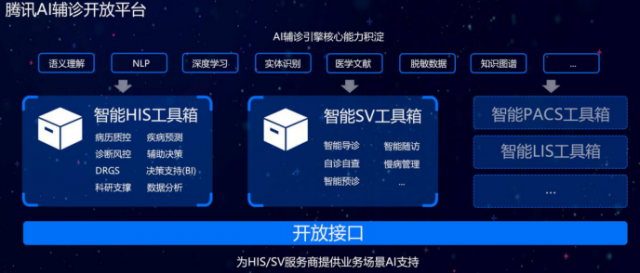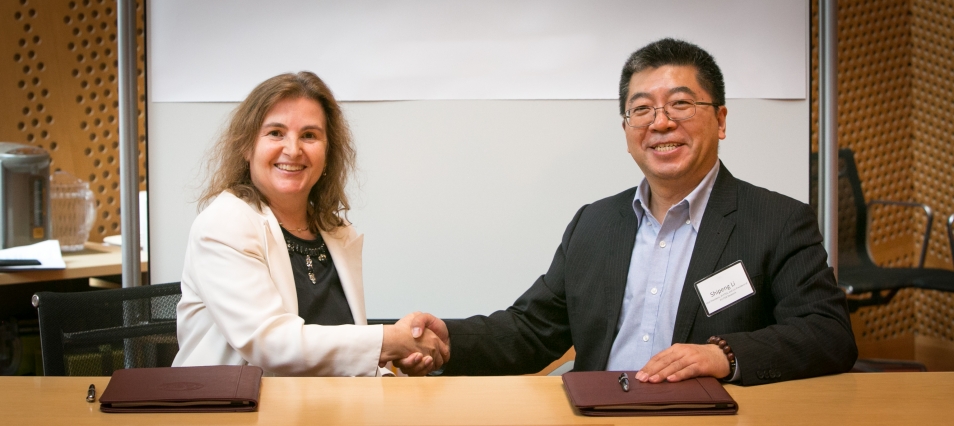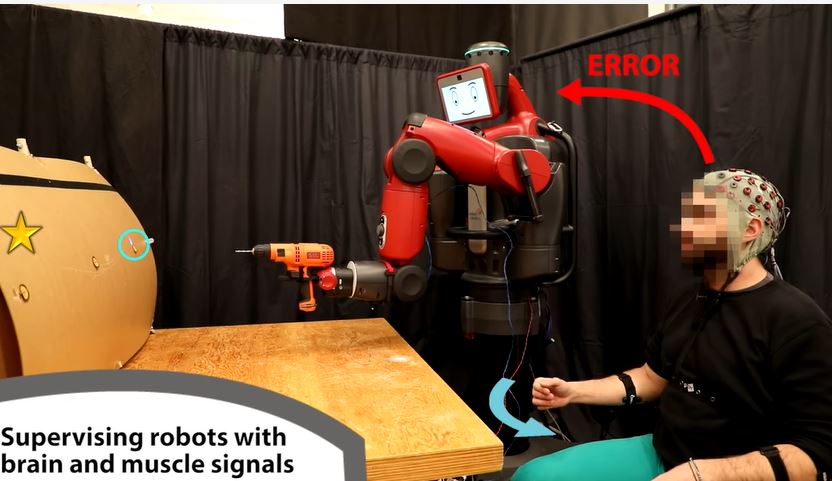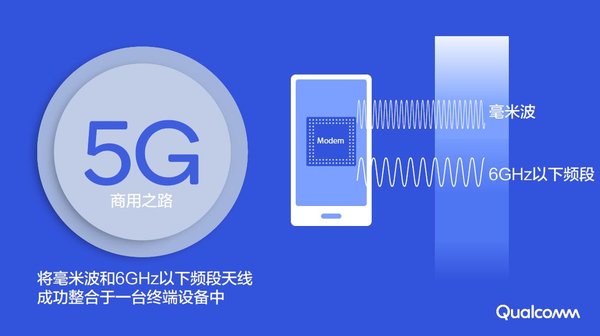
06-24: vivo has detailed its collaboration with Qualcomm to address a critical 5G development milestone; Samsung, SK Hynix and Micron could be fined USD800M~USD8B; etc.
Chipsets
TSMC reportedly began mass production on its 7nm chip process earlier Jun 2018 and is now apparently slated to scale up again later in 2018, according to CEO CC Wei. In fact, the boost in overall production of 12” equivalent wafers in 2018 will increase production by 9% YoY to 12M. (Android Headlines, GSM Arena, Digitimes, press, HQEW, Laoyaoba)
vivo has detailed its collaboration with Qualcomm to address a critical 5G development milestone with their ground-breaking 5G antenna technology. This collaboration has resulted in the successful design and integration of new 5G mm-Wave (millimeter wave) antenna arrays into a Vivo commercial form factor as well as the measurement of system-level OTA (over-the-air) performance. (Android Headlines, VentureBeat, PR Newswire, PRN Asia)
Nvidia allegedly has a gaming GPU inventory problem. The excess inventory in the channel is the primary reason for new gaming GPU delay. The glut is so severe that one top Asian OEM partner reportedly returned 300K GPUs to Nvidia. (CN Beta, SemiAccurate, Seeking Alpha)
China-based AI company SkyData announces a series of products based on its “Iluvatar” chipsets and its software product “Soft Silicon”. The company has also showcased self-developed AI database platform SkyDiscovery and AI all-in-one computer SkyAXE and edge computing machine SkyACE. (Laoyaoba, CSDN, Jiemian)
Hebrew University of Jerusalem (HU) physicist Uriel Levy and his team have created technology that will enable computers, text messages and phone calls to run 100 times faster through terahertz microchips. By using a metal-oxide-nitride-oxide-silicon (MONOS) structure, Levy and his team have come up with a new integrated circuit that uses flash memory technology – the kind used in flash drives – in microchips. (The Tower, Israel21C, Wiley, Jewish Press, Laoyaoba)
MIT has successfully built a mini-drone that is the size of a human’s fingernail. It is powered by the new computer chip, named “Navion”, which is just 20mm2 and consumes just 24mW of power. Using this tiny amount of power, the chip is able to process in real-time camera images at up to 171fps, as well as inertial measurement. (TechNews, MIT, New Atlas)
Touch Display
Samsung has reportedly no plans to embrace smartphone display notches in the future. Samsung has patented a phone concept design that does away with bezels and has no notch in sight. (Android Headlines, BGR, CNET, Pocket-Lint, Mobiel Kopen, USPTO, Laoyaoba, CN Beta)
Major manufacturers including Samsung, Sony, and AUO have showcased conceptual products of Micro LED and Mini LED displays. According to TrendForce, the market value of Micro LED and Mini LED products is estimated at USD1.38B by 2022. (TrendForce, press, TrendForce[cn])
Memory
According to China’s antitrust law, Samsung, SK Hynix and Micron could be fined USD800M~USD8B if found to have engaged in price fixing, according to Digitimes. The estimated fines are based on their DRAM sales to China in 2016-2017. The 3 DRAM vendors, along with Infineon and Elpida Memory, were previously fined by the US for price fixing practices in 1999~2002. (Digitimes, press, Jiemian, 21Jingji, My Drivers)
Sensory
Supermarkets without cashiers or employees have driven the booming of 3D sensing new applications. However, mature solutions providers are only a few, some more active vendors such as Shenzhen UVLED Optical Technology, Pixart Imaging, Asia Optical, etc. UVLED’s natural light 4D depth map quantitative extraction visual IC and second OS platform has been used by Alibaba’s Ant Financial supermarkets in Hangzhou. (Read01, CCID, Laoyaoba, CENA)
Biometrics
Samsung will reportedly ditch the iris scanner on the rumored Galaxy S10, with the manufacturer instead tipped to include an in-display fingerprint sensor and a 3D sensor on the phone. The device is codenamed “Beyond” with 2 sizes – 5.8” S10 and 6.3” S10 Plus. (Android Headlines, CNET, Android Authority, The Bell, Sina, My Drivers, CN Beta)
Phone
Samsung is allegedly testing its first Android Go smartphone. The testing is being conducted in a number of countries in Europe, Latin America, and Asia. (Android Authority, Sam Mobile, IT Home, TechWeb)
Huawei consumer business CEO Richard Yu reveals that Huawei aims to sell more than 200M units of smartphone in 2018, 250M units in 2019 and more than 300M units in 2020. This indicates that in 2018-2020, Huawei aims to increase 50M units sales every year, which would be 31%, 25% and 20% YoY growth in 3 years. (CN Beta, Laoyaoba, Baijiahao)
Samsung Electronics is likely to miss its annual smartphone shipment goal of 350M units. According to Strategy Analytics, Samsung shipped 319.7M units in 2015, 309.4M in 2016 and 319.8M in 2017; and 78M units in 1Q18. (The Investor, GSM Arena, Caijing, Sohu)
Xiaomi CEO Lei Jun reveals that in 2017, Xiaomi’s revenue exceeded CNY100B (USD16B), a year-on-year growth rate of 67.5%. He has also stated that as of 2017, Xiaomi’s hardware business racked up a gross profit of 8.7% and this is the highest that he expects the company to achieve. (GizChina, GizChina, Gizmo China, 163, DoNews)
Alcatel 1 Android Go smartphone is announced – 5” 480×960 FWVGA+, MediaTek MT6739, rear 5MP + front 2MP, 1GB+8GB, Android Oreo (Go Edition), 2000mAh. (GizChina, GSM Arena, NDTV)
Home
The Foxconn Group has enhanced its deployment in the US TV market by committing more investments in US-based TV brand Vizio. The new investments are being carried by two affiliated companies under the group: Innolux and AFE. Innolux will invest NTD1.35B (USD44.646M) to take up 515,251 Vizio shares, or a 4.14% stake in the TV vendor. (Laoyaoba, UDN, TechNews, Digitimes, press, iam-media)
Artificial Intelligence
Adobe is researching how machine learning can be used to automatically spot edited pictures. This is an “early-stage research project”, but the company wants to play a role in “developing technology that helps monitor and verify authenticity of digital media”. (The Verge, Open Access, Sina)
Tencent officially launches its first AI medical product “Tencent Miying” AI medical platform. On the day it launched, there were 5 medical information vendors, 10 medical institutes signing the AI collaboration contract with Tencent. (Laoyaoba, CSDN, JRJ, Xinhuanet, Tencent)
The MIT Computer Science and Artificial Intelligence Laboratory (CSAIL) has announced a new 5-year collaboration with iFlyTek, a leading Chinese company in the field of artificial intelligence (AI) and natural language processing. (MIT, Laoyaoba)
MIT has announced that its Computer Science and Artificial Intelligence Laboratory (CSAIL) division aims to create a technology that allows users to control robotic actions using just hand gestures and brainwaves. Expanding on the previous research on simple binary activities, the new updates give it the potential to handle multiple-choice tasks which opens up the possibilities to manage teams of robots. (Digital Trends, Fast Company, Robohub, IT Home, Robotics China)
Fintech
The committee in Malaysia, Majlis Perundingan Melayu (MPM), will work with both South Korean blockchain lab IncuBlock and MPM’s international partner, Global Cornerstone Group, on sharing knowledge and developing a blockchain platform and a decentralized application (DApp) that will meet the “social requirements” to be considered halal (permissible) by the Sharia Commission. (CN Beta, Coin Geek, IT World, Coin Telegraph)
